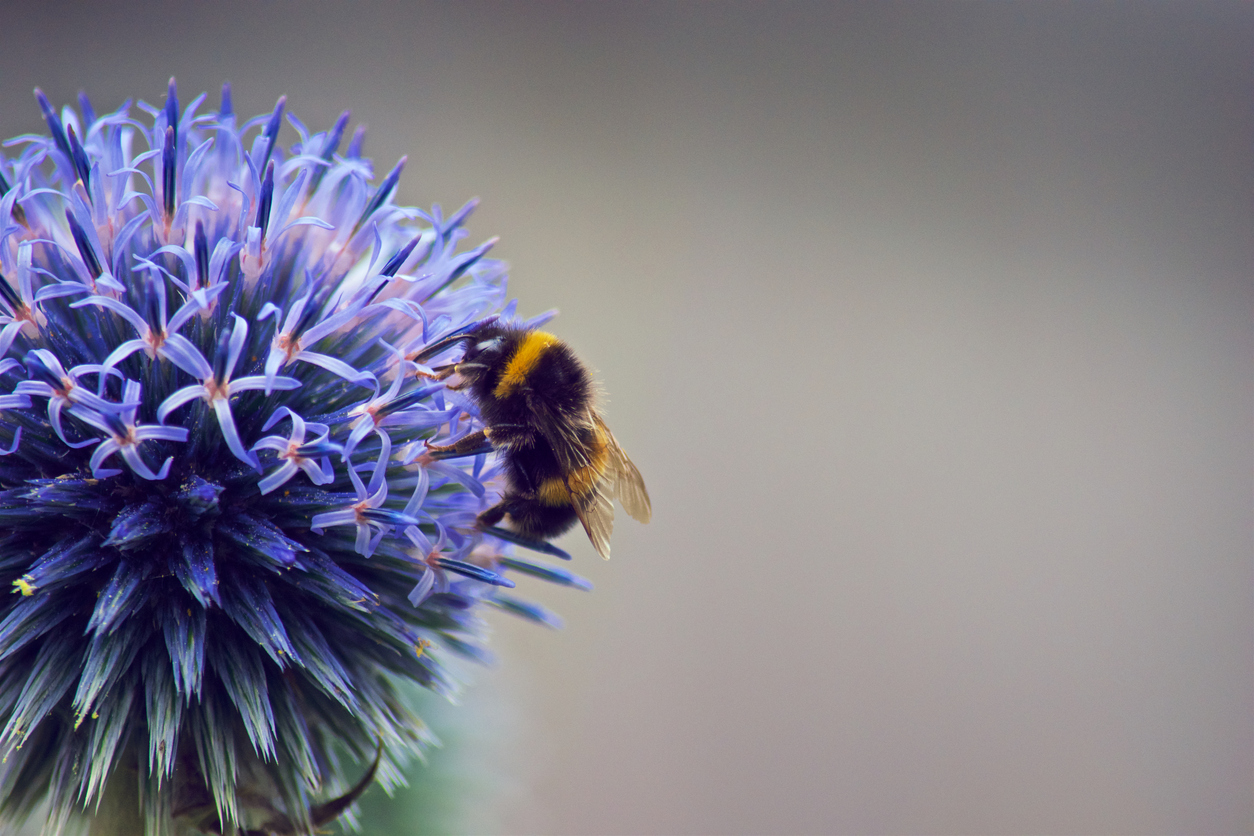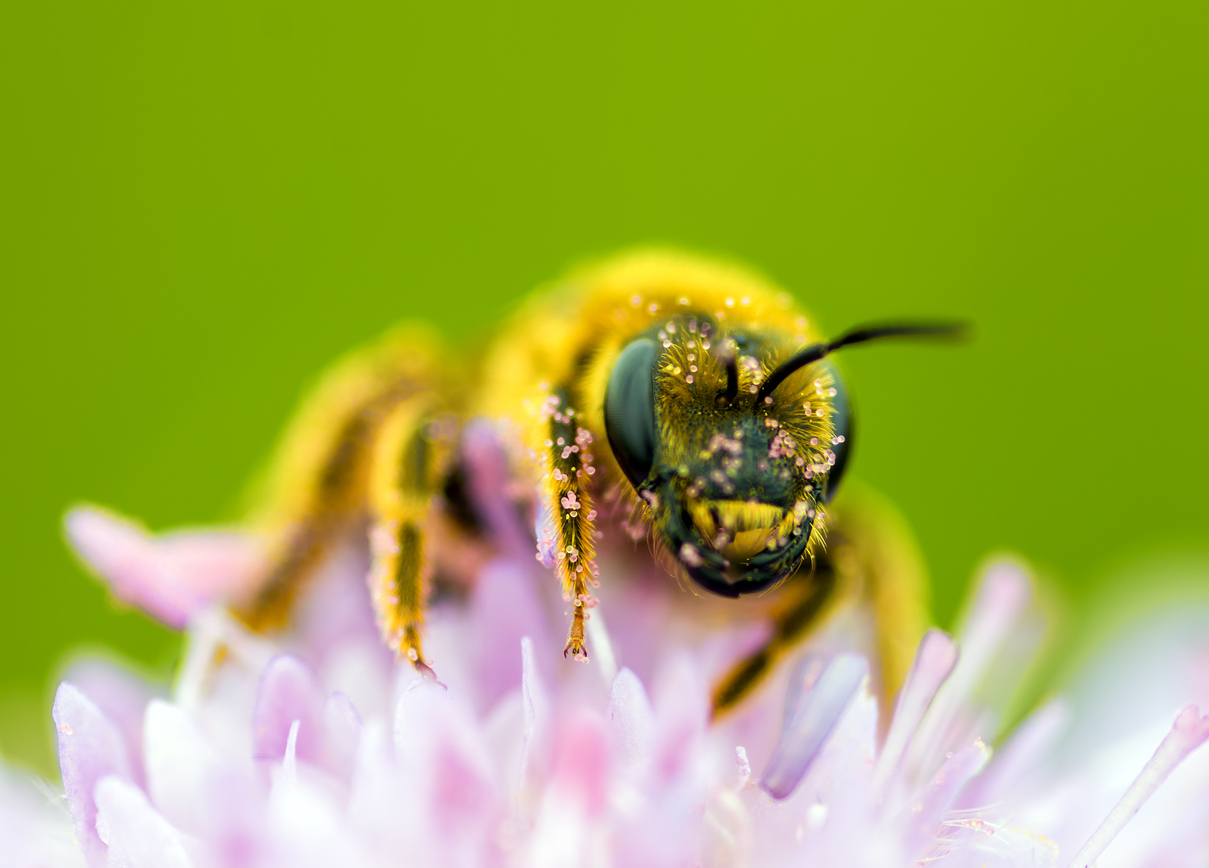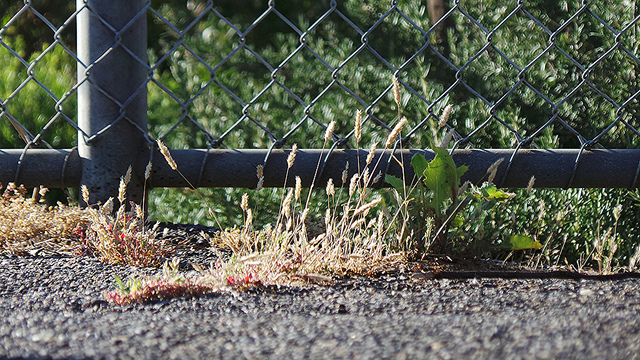A major study concludes that pesticides are overwhelmingly harming hundreds of species they aren’t meant to affect. The systematic review analysed […]
Continue readingpesticides
Blueprint to save nature by 2050 – Expert Reaction
New global targets to protect nature and biodiversity are proposed in a UN framework, which stresses people and nature can’t be separated. […]
Continue readingNeonicotinoid replacement hinders bumblebee reproduction – Expert Reaction
A new family of pesticides, sulfoximines, which are expected to be a key replacement for neonicotinoids, may have sub-lethal effects […]
Continue readingEuropean Commission votes to restrict neonicotinoids – Expert reaction
The European Commission has voted to ban neonicotinoid pesticides in EU member states. The decision is expected to come into force […]
Continue readingNeonicotinoid pesticides to be pulled from some NZ shelves – In the News
Australian hardware chain Bunnings has decided to stop selling neonicotinoid pesticides products in its Australian and New Zealand stores by […]
Continue readingResearch raises question over pesticide residues and IVF success – Expert Reaction
In a study of 325 couples going through fertility treatment, women who ate fruits and veggies with higher pesticide residues […]
Continue readingField tests show insecticide impact on bees – Expert Reaction
Two large-scale field experiments have shown mixed effects of certain insecticides on honey bees and wild bees. Neonicotinoids are insecticides […]
Continue readingUPDATED: New technology blurring line on GE crops – Expert reaction
Genetically engineered crops are safe, but new regulations are needed as the definition of GE organisms becomes blurred, say US academies. […]
Continue readingGlyphosate weedkiller: what’s the risk? – Expert reaction
The use of glyphosate weedkiller on Auckland parks and footpaths is in the spotlight amidst claims local councils’ spraying programmes are […]
Continue readingNeo-nic pesticides need more examination – Morning Report
Radio New Zealand’s Morning Report examines the issue of neonicotinoid pesticides and their impact on New Zealand’s beehives. Lois Williams […]
Continue reading



